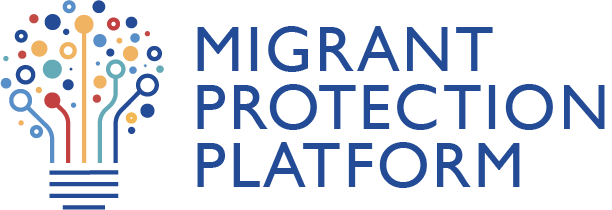The Rohingya People of Myanmar: Health, Human Rights, and Identity

The Rohingya people of Myanmar (known as Burma before 1989) were stripped of citizenship in 1982, because they could not meet the requirement of proving their forefathers settled in Burma before 1823, and now account for one in seven of the global population of stateless people. Of the total 1·5 million Rohingya people living in Myanmar and across southeast Asia, only 82 000 have any legal protection obtained through UN-designated refugee status. Since 2012, more than 159 000 people, most of whom are Rohingya, have fled Myanmar in poorly constructed boats for journeys lasting several weeks to neighbouring nations, causing hundreds of deaths. We outline historical events preceding this complex emergency in health and human rights. The Rohingya people face a cycle of poor infant and child health, malnutrition, waterborne illness, and lack of obstetric care. In December, 2014, a UN resolution called for an end to the crisis. We discuss the Myanmar Government's ongoing treatment of Rohingya through the lens of international law, and the steps that the newly elected parliament must pursue for a durable solution.
